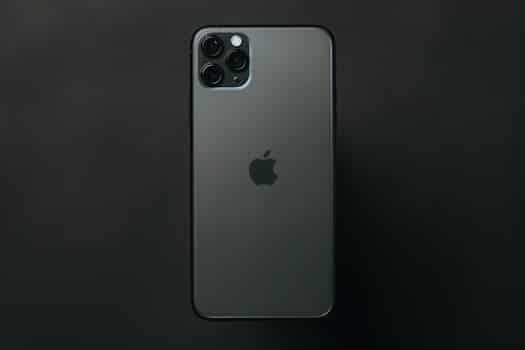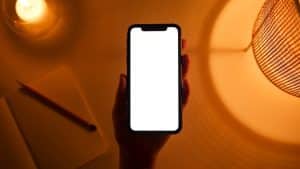The Return of Minimal Phones: Fighting Digital Distraction
In today’s digital world, it seems like everyone is constantly glued to their phones. Whether we are scrolling through social media, checking emails, or playing games, it’s easy to get sucked into the endless distractions that our smartphones provide. However, there has been a recent trend towards minimal phones, which offer a simplified and distraction-free experience. With the rise of minimal phones, people are starting to question the impact of smartphones on our lives and are seeking ways to fight digital distraction. In this article, we will explore the return of minimal phones and how they are helping individuals combat digital distraction.
The Impact of Smartphones on Our Lives
The convenience and accessibility of smartphones have revolutionized the way we live, work, and communicate. With just a few taps on a screen, we can access limitless information, connect with people around the world, and stay entertained. However, this constant connection comes at a cost. Studies have shown that the overuse of smartphones can lead to decreased productivity, increased stress and anxiety, and a decrease in face-to-face interactions.
Smartphones also contribute to digital distraction, which can be defined as the distraction caused by constant notifications, alerts, and the temptation to constantly check our phones. With the average person spending over 3 hours on their phone per day, it’s no wonder that digital distraction is becoming a major issue in society. This constant need for stimulation and validation from our phones can have negative effects on our mental and emotional well-being.
The Rise of Minimal Phones
In response to the negative effects of smartphones, a new trend has emerged – minimal phones. These devices offer a stripped-down and distraction-free experience, allowing users to disconnect from the constant barrage of notifications and distractions that come with traditional smartphones. Minimal phones typically have limited features, such as making calls, sending texts, and basic internet access, without the apps and constant connectivity that smartphones provide.
One of the pioneers in the minimal phone market is the Light Phone, which was launched in 2015. This phone has a simple black and white display and only allows for calls, texts, and basic internet browsing. It also has a “dumb mode” that disables all features except for calls and alarms, allowing users to completely disconnect from their digital world. Other popular minimal phone options include the Punkt MP02 and the Nokia 3310.
The Benefits of Minimal Phones
So why are people turning to minimal phones? The main benefit is the ability to disconnect and reduce digital distraction. Without the constant pings and notifications, users can focus on the present moment and be more mindful. This can lead to increased productivity, improved mental health, and better relationships.
Minimal phones also offer a break from the pressure of constant connectivity and the lure of social media. With traditional smartphones, it’s easy to get sucked into the world of likes, comments, and comparisons. Minimal phones provide a less distracting way to stay connected with loved ones and can help individuals break their addiction to social media.
Is the Minimal Phone Trend Here to Stay?
As more and more people become aware of the negative impact of smartphones, the demand for minimal phones is likely to increase. In fact, the market for minimal phones is projected to reach $1 billion by 2025. However, it’s important to note that these devices are not for everyone. They may not have all the features and capabilities of traditional smartphones, which may be a deal-breaker for some individuals.
Additionally, some argue that minimal phones are simply a temporary fix and do not address the root issue of our unhealthy relationship with technology. The solution may lie in finding a balance and setting boundaries with our smartphones, rather than completely eliminating them.
Conclusion
The return of minimal phones is a testament to society’s growing awareness of the negative impact of smartphones and the need to reduce digital distraction. While these devices may not be for everyone, they offer a simpler and less distracting alternative for those seeking a break from the constant stimulation of traditional smartphones. Whether this trend will continue to gain traction remains to be seen, but one thing is for sure – it has sparked a conversation about how we can find a healthier balance with technology in our lives.









